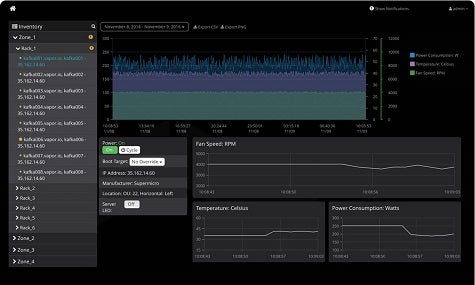There’s clearly a lot of excitement concerning the business potential of everything and almost anything relating to the Internet of Things (IoT). Less appreciated, however, is the fact that an IoT project is arguably going to be the most complex distributed computing project any IT organization is likely to ever embark on.
Aiming to simplify pushing compute, storage and network out to the edge of an IoT environment, Vapor IO today unveiled a Vapor Edge platform that makes it simpler to process data on an IoT gateway as opposed to having to constantly transfer data back to a central data center.
Vapor IO CEO Cole Crawford says Vapor Edge is a hardened physical appliance that in addition to being able to host an application workload, allows programmatically configuring a wireless mesh network. Running on that appliance is an instance of the open source Open Data Center Run Time Environment (OpenDCRE) software that is managed by Vapor CORE remote monitoring software. There’s also Vapor Compass software that provides the mechanism for pushing workloads out to the Vapor Edge appliance in the first place.
While not every IoT application requires a lot of compute power at the edge, Crawford says it’s already apparent that advanced applications involving self-driving cars and various forms of augmented and virtual reality most certainly will need access to low-latency compute engine deployed as close as possible to where an application is being consumed.
“I call these industrial IoT applications,” says Crawford.
Vapor Edge is making use of containers and microservices to run applications locally on a hyperconverged platform in a way that lessens the dependency on a central data facility. Longer term, Crawford says it’s probable that Vapor Edge will also employ “serverless computing” concepts to maximize the processing of software functions on a local appliance as much as possible.
Ultimately, Crawford says the whole notion of hybrid clouds will give way to more federated approaches to running, managing and deploying IoT workloads. In the meantime, IT organizations would be well advised to take a long look at where they optimally need any given workload to run before taking the proverbial IoT leap.




